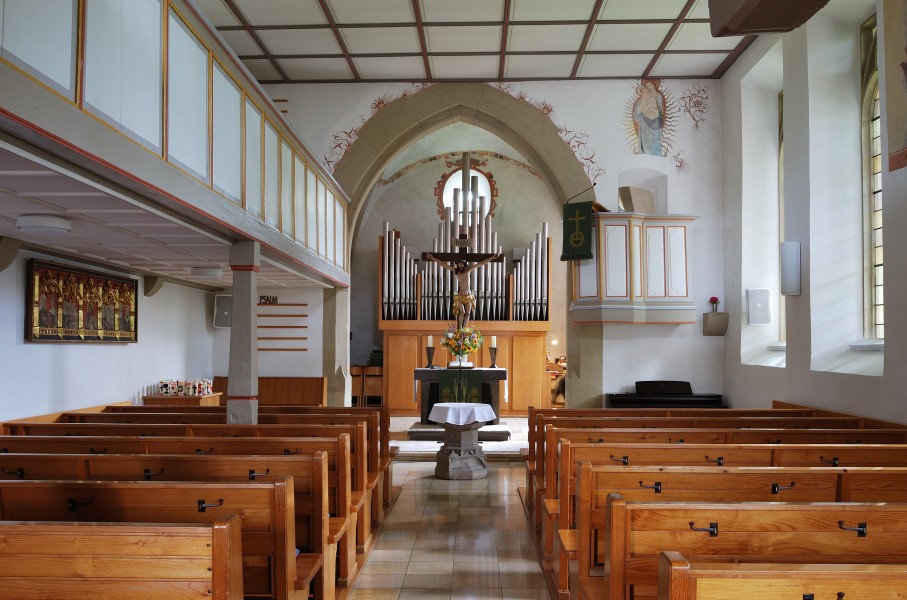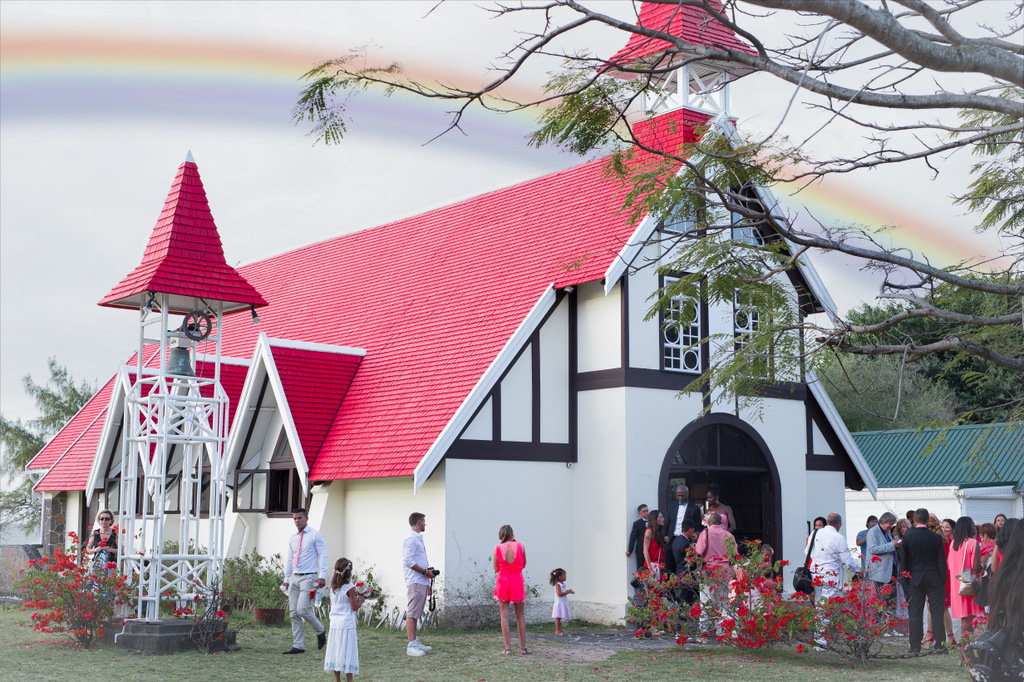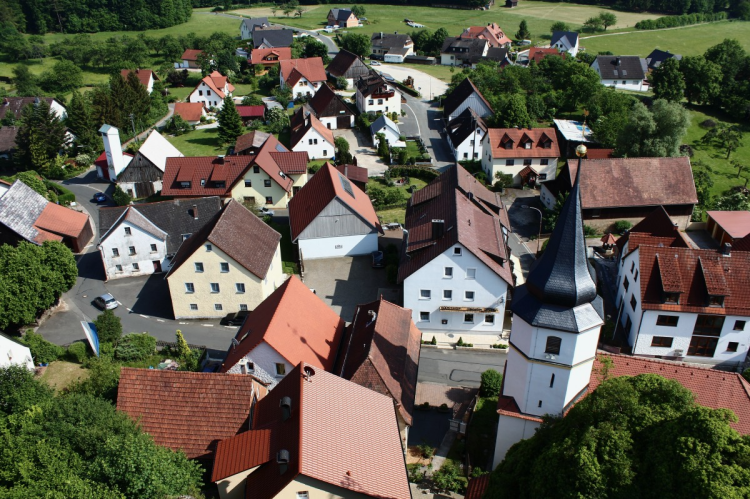In the remote southwest of the Indian Ocean, there is a hidden African island known as “paradise on earth” – Mauritius. There are not only turquoise waters, white beaches and rich tropical vegetation, but also a landmark building with a deep history and culture – Notre Dame Auxiliatrice (the red-roofed Church). With its unique architectural style, rich cultural connotation and far-reaching influence, the red-roofed church has become a rare tourist attraction and cultural landmark in Mauritius. This paper will delve into the historical background, architectural style and cultural connotation of the red-roofed church, as well as its status and influence in local culture, while analyzing its influence on modern architecture and emphasizing its importance as a cultural landmark.I. Historical background: The product of the French colonial period
The red-roofed church dates back to the early 19th century, when Mauritius was under French colonial rule. In 1814, a French priest arrived on the island of Mauritius with a passion for spreading Christianity and decided to build a church there. Originally, the church was built in a wooden structure, simple but full of faith. With the passage of time, the wooden structure gradually aging, difficult to withstand the erosion of wind and rain. Therefore, in 1864, the church was rebuilt, using stronger materials and for the first time using bright red tiles as the roof, hence the name “red-roofed Church”.
The church is not only a product of French colonial rule, but also a symbol of the multicultural integration of Mauritius. In the long history, the red-roofed church has witnessed the change of Mauritius from a colony to an independent country, and also recorded the unremitting efforts and pursuit of local people in religious belief and cultural inheritance.
- Architectural style: The perfect fusion of European Gothic and Indian tradition
The architectural style of the red-roofed church is unique and diverse, it skillfully blends European Gothic architecture with Indian traditional elements, showing the unique charm of the diverse culture of Mauritius. The exterior of the church is full of iconic elements of Gothic architecture, such as spires, steeples and pointed arches, and these towering architectural forms not only add to the church’s gravitas, but also give it an otherworldly and sacred atmosphere. At the same time, the red roof of the church is particularly eye-catching in the sun, which forms a sharp contrast with the surrounding blue sky and white clouds and green lawns, adding a bit of warmth and joy.

Entering the interior of the church, you can deeply feel the influence of Indian culture. Stained glass Windows, exquisite frescoes and sculptures are all over the church. These art decorations not only show exquisite woodworking skills and painting skills, but also convey profound religious and cultural connotations. Stained glass Windows cast colorful colors under the irradiation of light, creating a dreamlike sacred atmosphere; The murals vividly depict religious stories and biblical scenes, making people feel like they are in the river of history.
The red-roofed church also cleverly incorporates some elements of island style. For example, the small fishing harbor in front of the church and the boats leaning on the shore, as well as the surrounding lush subtropical and tropical plants, all add to the peaceful and harmonious beauty of the church. This diversity of architectural styles not only reflects the multicultural characteristics of Mauritius society, but also makes the red-roofed church a unique place of cultural blending.
Third, cultural connotation: religious belief and national spirit of sustenance
The red-roofed church is not only the symbol of Catholicism in Mauritius, but also the sustenance of the religious belief and national spirit of the local people. Since its construction in the early 19th century, the church has been a major meeting place for Catholics. Here people can communicate with God, pray and seek protection; At the same time, Mass and other religious ceremonies held in the church also attract a large number of believers and pilgrims to participate. These religious activities not only deepen people’s piety and reverence for the faith, but also promote unity and harmony within the community.
In addition to religious beliefs, the red-roofed church also carries rich national cultural connotations. As one of the representatives of the diverse cultures of Mauritius, the church bears witness to the exchange and integration of different peoples and cultures. Inside and outside the church, you can see traces of diverse cultures such as Indian ethnic groups, African tribes and European immigrants. These cultural elements have left a deep imprint on every corner of the red-roofed church, making the church a living cultural museum.
Status and influence in local culture
Red-roofed churches play an important role in the local culture of Mauritius. It is not only a central place for religious activities, but also an important carrier of cultural inheritance and national spirit. For the local people, the red-roofed church is not only a simple building, but also an emotional sustenance and spiritual destination. Whenever major festivals or special anniversaries come, people will spontaneously gather around the church to celebrate or pray. These activities not only enhance the sense of community cohesion and belonging, but also further enhance the status and influence of the red-roofed church in the local culture.
The red-roofed church has also become a bright business card for the tourism industry in Mauritius. Every year thousands of tourists come to see this unique religious building and experience its sacred atmosphere and beautiful art. For many couples, the red-roofed church is an ideal wedding venue. Holding a wedding here can not only enjoy the beautiful experience of combining the romantic island scenery with the solemn religious ceremony, but also engrave this precious memory forever under the witness of the red-roofed church. This unique tourism attraction not only promotes the prosperity and development of tourism in Mauritius, but also makes an important contribution to the growth of the local economy and the inheritance of culture.
- Architectural characteristics and Artistic Value: Influences on modern architecture
The architectural characteristics and artistic value of the red-roofed church are not only reflected in its unique style and exquisite skills, but also in its far-reaching influence on modern architecture. First of all, the design concept of the red-roofed church, which perfectly integrates European Gothic architecture with Indian traditional elements, provides valuable inspiration and reference for modern architecture. This cross-cultural integration not only enriches the expression form and connotation of architecture, but also promotes the communication and understanding between different cultures. In modern architectural design, more and more designers begin to try to integrate different cultural elements into it to create more unique and innovative works.
The contrast of the red roof of the red-roofed church with its surroundings and its striking effect in the sunlight also provided inspiration for modern architectural design. This clever combination of color use and light and shadow effect not only enhances the visual impact and artistic appeal of the building, but also brings a new aesthetic experience and emotional resonance for people. In the modern urban landscape, more and more buildings begin to use bright colors and unique light and shadow effects to create a distinctive and attractive urban landmark.
As a religious building with a long history, the red-roofed church also carries rich historical memory and cultural value. This kind of historical and cultural accumulation not only gives the architecture a profound historical and cultural connotation, but also makes it still maintain a unique charm and influence in modern society. In modern architectural design, more and more designers begin to dig out the history and cultural story behind the building to give it more rich meaning and value.

The importance and sustainable development of cultural landmarks
As one of the cultural landmarks of Mauritius, the importance of the red-roofed Church is self-evident. It not only carries rich historical memory and cultural values, but also plays an important role in promoting the development of local tourism, inheriting national culture and enhancing community cohesion. However, with the passage of time and the influence of natural factors, the red-roofed church is also facing the challenge of conservation and sustainable development.
In order to ensure the long-term preservation of the red-roofed church and continue to play its important role and value, a series of effective conservation and sustainable development measures must be taken. First of all, the cultural relics protection of the red-roofed church should be strengthened, including restoration and maintenance of historical buildings, restoration and protection of artworks and cultural relics, to ensure that its historical original appearance and cultural connotation are fully preserved and inherited. Secondly, reasonable management strategies should be formulated to balance the relationship between religious activities, cultural protection and tourism needs to ensure the normal conduct of religious activities, effective implementation of cultural protection and orderly development of tourism activities. At the same time, the guidance and management of tourists should be strengthened to avoid unnecessary damage and impact on the church.
In addition, relevant research and educational activities should be actively carried out to inherit and promote the religious and cultural values of the Red roofed Church in Mauritius. Through holding exhibitions, lectures, seminars and other forms to popularize the historical background, architectural style and cultural connotation of the red-roofed church to the public to improve people’s awareness and respect for this cultural landmark. At the same time, the local community should be encouraged to participate in the conservation and sustainable development of the red-roofed church to increase their sense of responsibility and awareness to contribute to the preservation and inheritance of this cultural treasure.
Finally, sustainable financing should be actively sought to ensure that the protection and sustainable development of red-roofed churches can continue. International organizations, non-governmental organizations and private donors can apply for funds to support a fundraising campaign to raise the necessary funds for the maintenance and preservation of the red-roofed church. At the same time, it can also increase the source of income by developing tourist souvenirs and holding special activities to provide strong economic support for the protection and sustainable development of the red-roofed church.
Vii. Conclusion
As one of the cultural landmarks of Mauritius, the red-roofed Church not only carries rich historical memory and cultural value, but also plays an important role in promoting the development of local tourism, inheriting national culture and enhancing community cohesion. Its unique and diverse architectural style combines European Gothic and Indian traditional elements to show the unique charm of Mauritius’s diverse culture; Its cultural connotation is rich and profound bearing the local people’s religious belief and national spirit; Its historical importance bears witness to the evolution of Mauritius from a colony to an independent nation. In the coming days, we hope that the Red Roof Church will continue to play its important role and value as a bridge and link between the past and the future, the inheritance of culture and spirit, and make greater contributions to the cultural diversity and prosperity of Mauritius and the world.





















